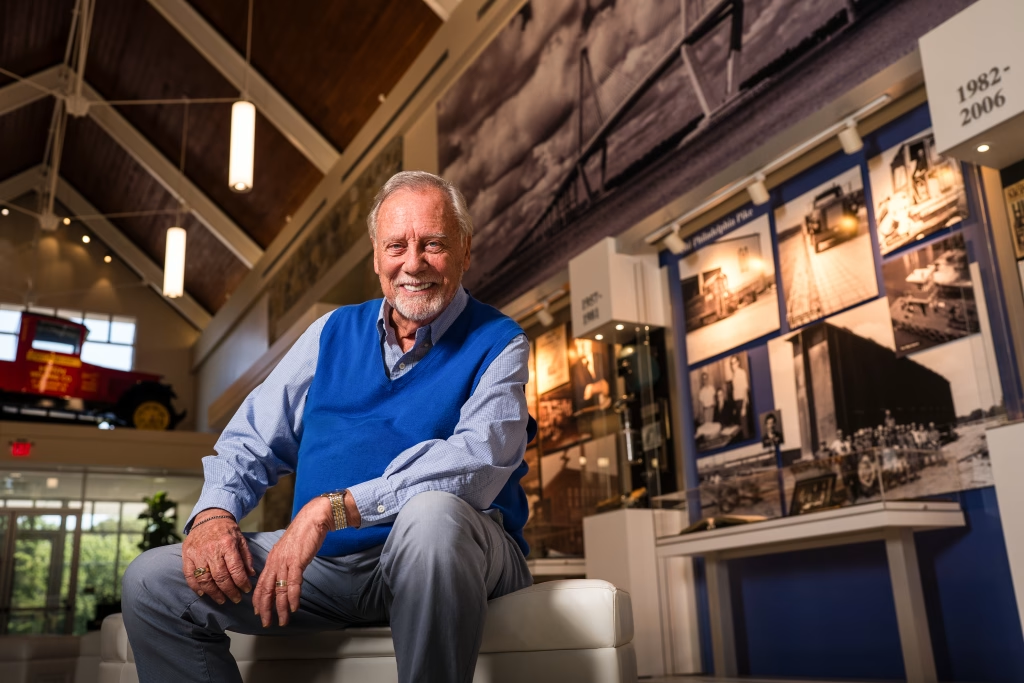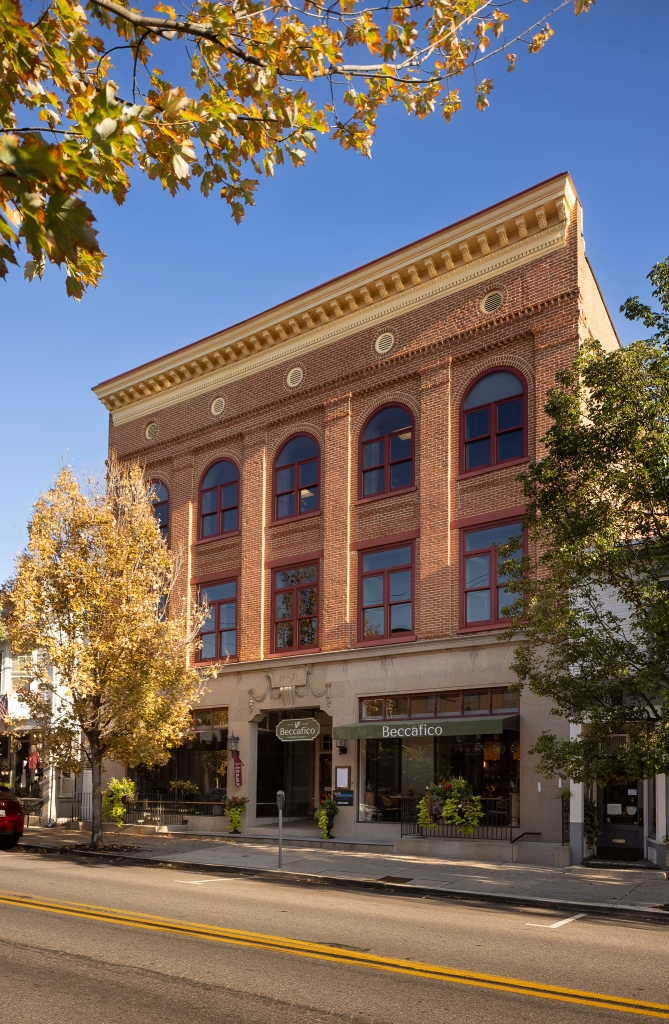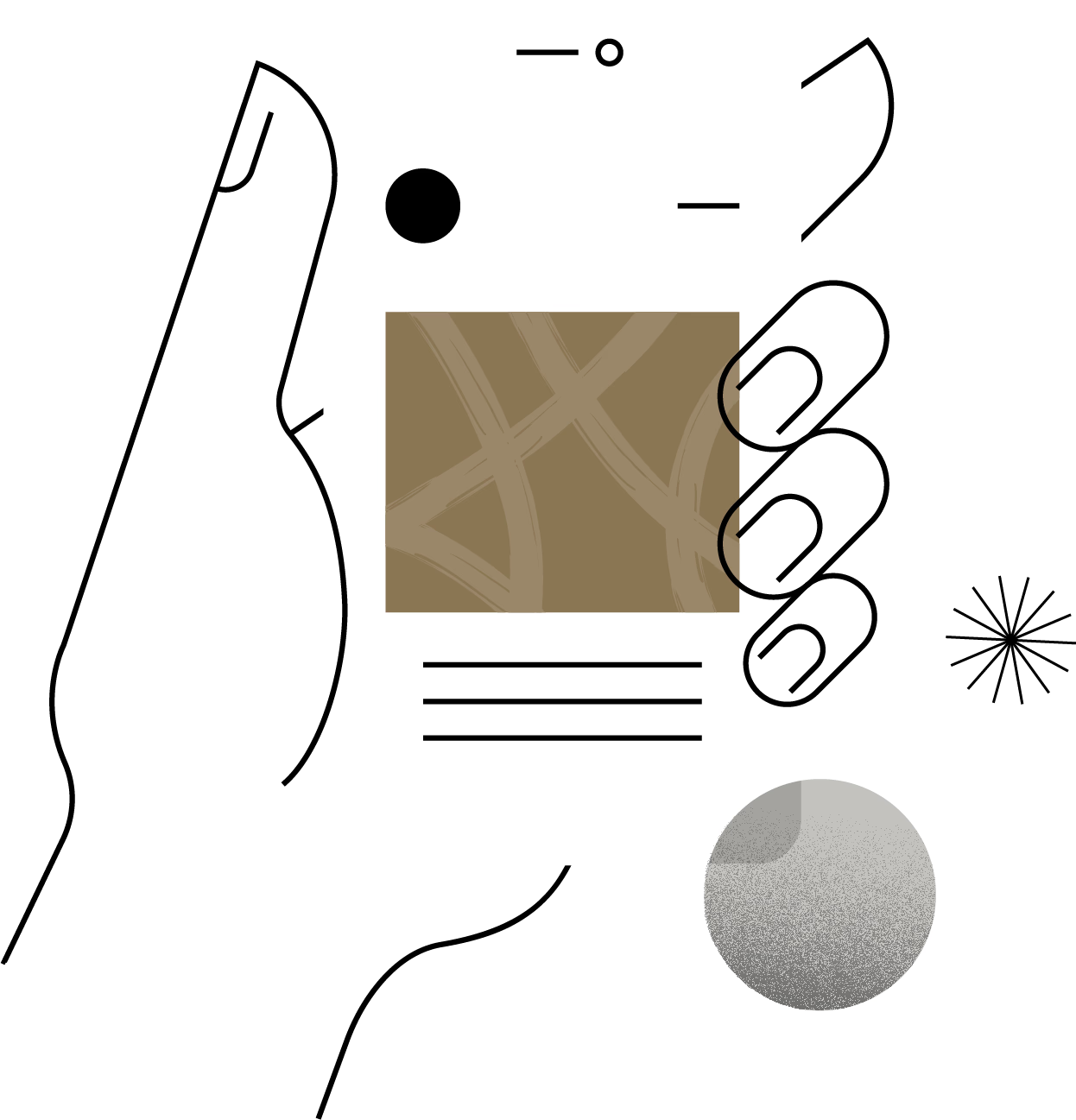Community Interest
Design Thinking
Featuring creative thought leaders from across Lancaster and their take on the concept of creativity and design
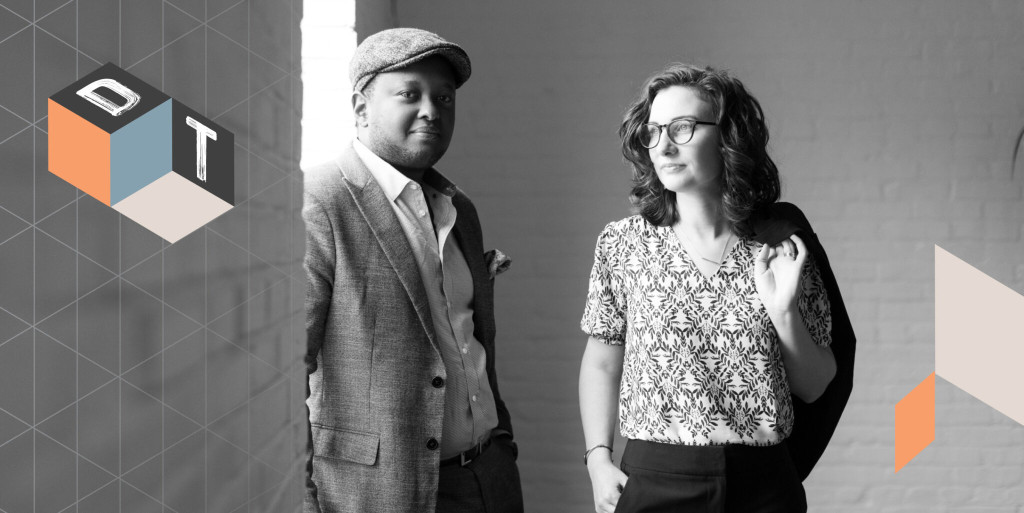
DESIGN THINKING
[dih-zahyn / thing-king] (noun)
a human-centered approach to creative problem solving
In this special article, we’re featuring creative thought leaders from across Lancaster and their take on the concept of creativity and design.
Special thanks to Fig’s editorial sponsor—the High® Companies: celebrating the City of Lancaster and committed to innovative community leadership, sustainable building practices, and advancement through the preservation of local heritage.
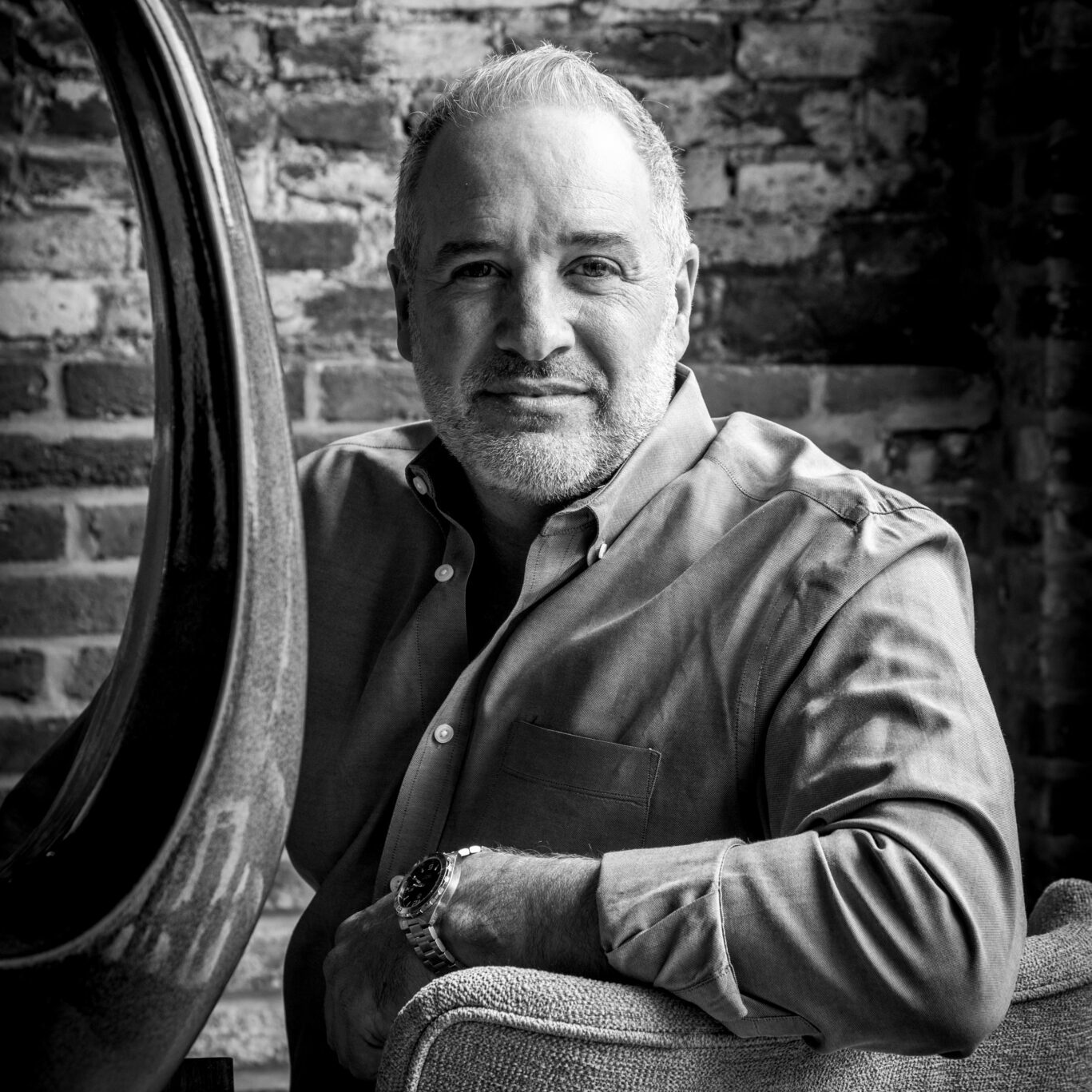
HOW WOULD YOU DESCRIBE YOUR CREATIVE DESIGN PROCESS?
“There’s a definite energy transfer that takes place between me and every project. I’ll walk into a room and almost immediately begin to mentally map out the possibilities. I like the spaces I design to feel personal, timeless, well balanced, and assembled in a way that doesn’t feel forced or overly decorated. It’s always about my desire to get inside the client’s head to understand who they are and how they want to live. From there, it’s really just about developing an interior plan that elevates personal style in the most thoughtful & tasteful way possible.” – David Lyall, IDS, Principal Designer & Team Leader
Learn more about David Lyall Design at davidlyalldesign.com
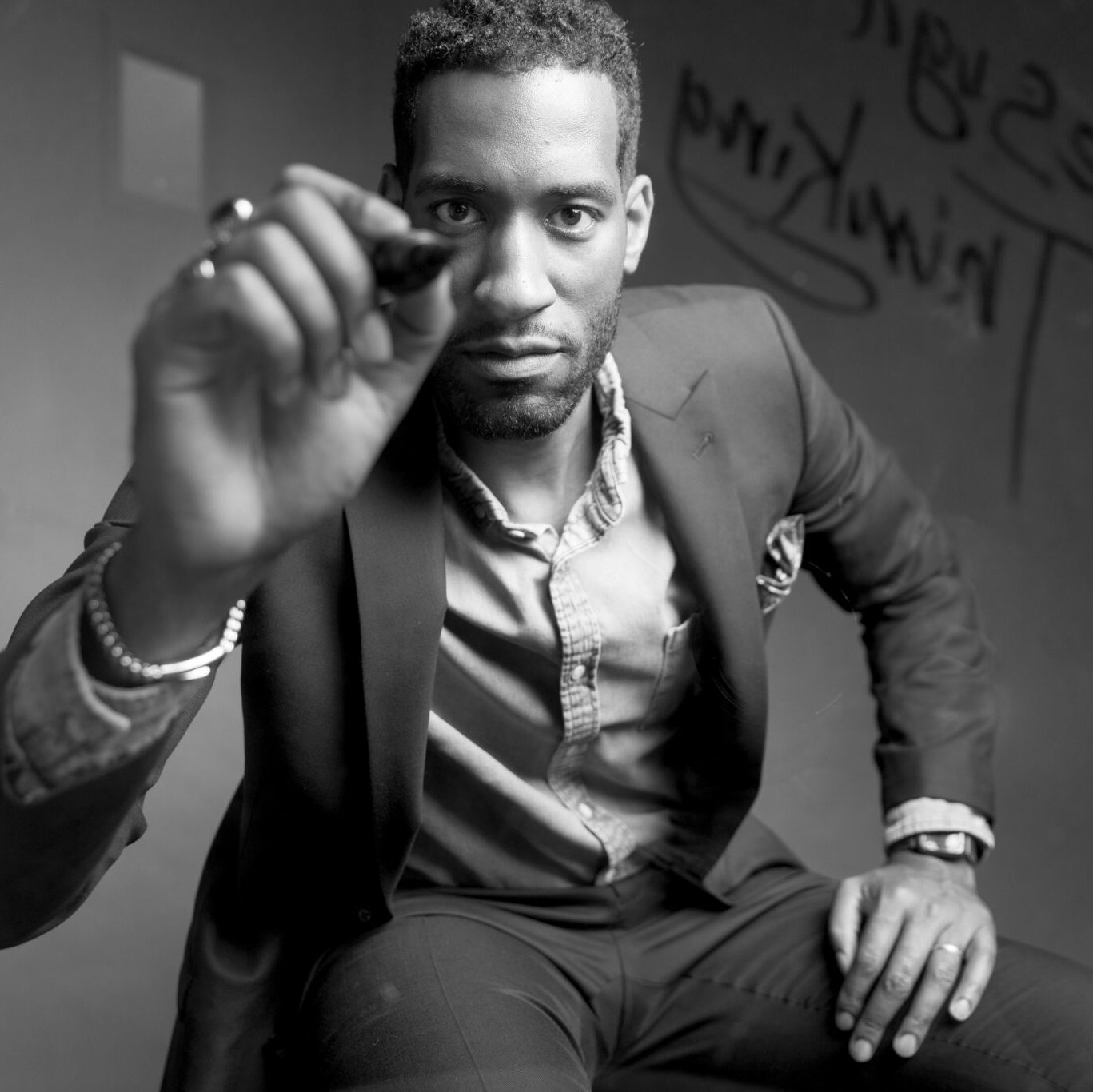
HOW DO YOU APPROACH YOUR CREATIVE DESIGN PROCESS?
“Design thinking is creative problem solving. My creative process begins with understanding the gaps, or the problems, of the project. Far too often, designers start by asking themselves, ‘How can I make this project cool or innovative? How do I make it unlike anything else in the marketplace?’ That’s a mistake. A designer must first seek to meet project objectives. I do my best to be curious about the subject, to put time into research, to identify what has been done to solve this problem previously. From there, it’s about identifying new and novel ideas—asking, ‘What connections have been made before now? Should I continue down that road or try a new way?’ These are the creative steps that lead to something beautiful, meaningful, and resonant.” – Jason James, Creative Director at Fig Industries
Learn more about Fig Industries at figindustries.com
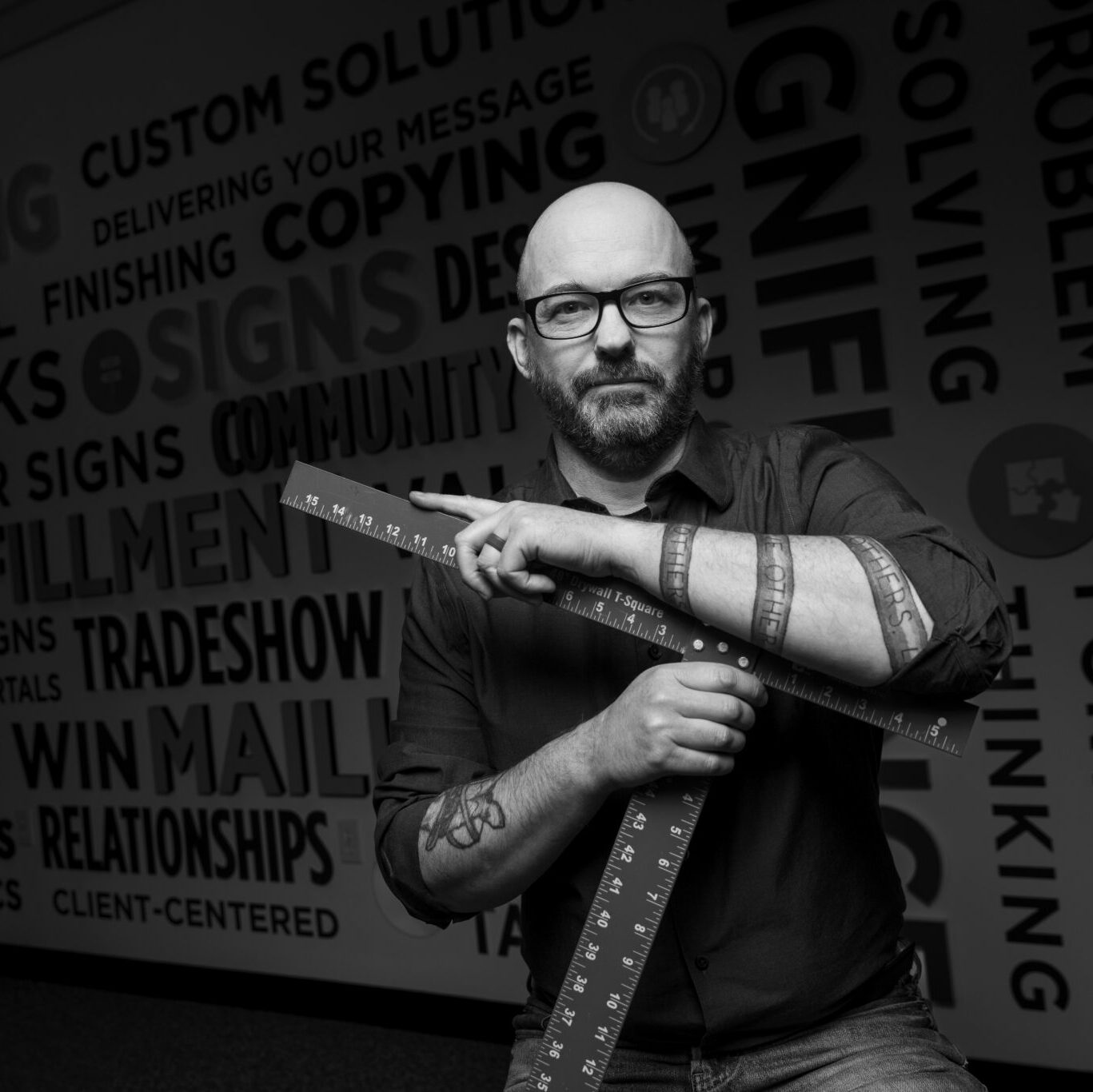
HOW DO YOU APPROACH YOUR CREATIVE DESIGN PROCESS?
“At The H&H Group, our approach to Design Thinking is to hone in on the best solution for your project—whether that’s a 16-page booklet, an outdoor sign, a wall installation— by understanding what you really value and the physical nature of the materials available. Our creatively-thinking team believes there is something beautiful about seeing an idea come to life, and we help people actually touch their dreams.” – Mike Williams, Vice President at The H&H Group
Learn more about The H&H Group at thinkHH.com
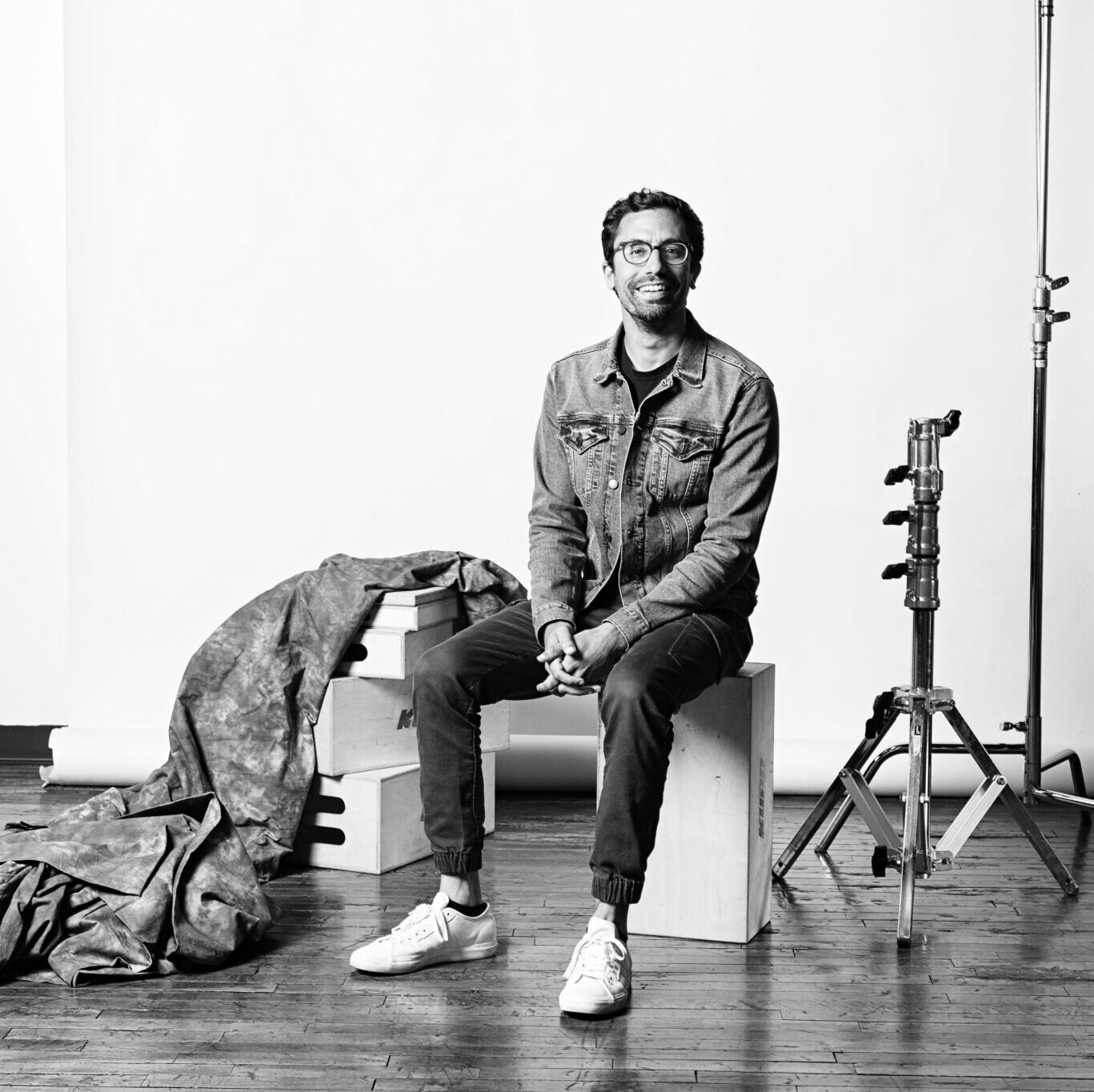
HOW DO YOU APPROACH YOUR CREATIVE PROCESS?
“Our process always begins with listening—listening to our clients and our subjects/characters. Something that’s important to us is creating a collaborative environment between ourselves, clients, and subjects. This helps ensure the stories we’re telling are done so in an engaging and truthful way. Most of the films we produce focus on the stories of real-life people, and it’s important for us to genuinely and quickly connect with these folks in order to create trust, which in turn, helps showcase their stories in an organic way. At the end of the day, this is what brings our work to life.” – Joseph Terranova, Producer/Directr at Reverie
Learn more about Reverie at itsreverie.com
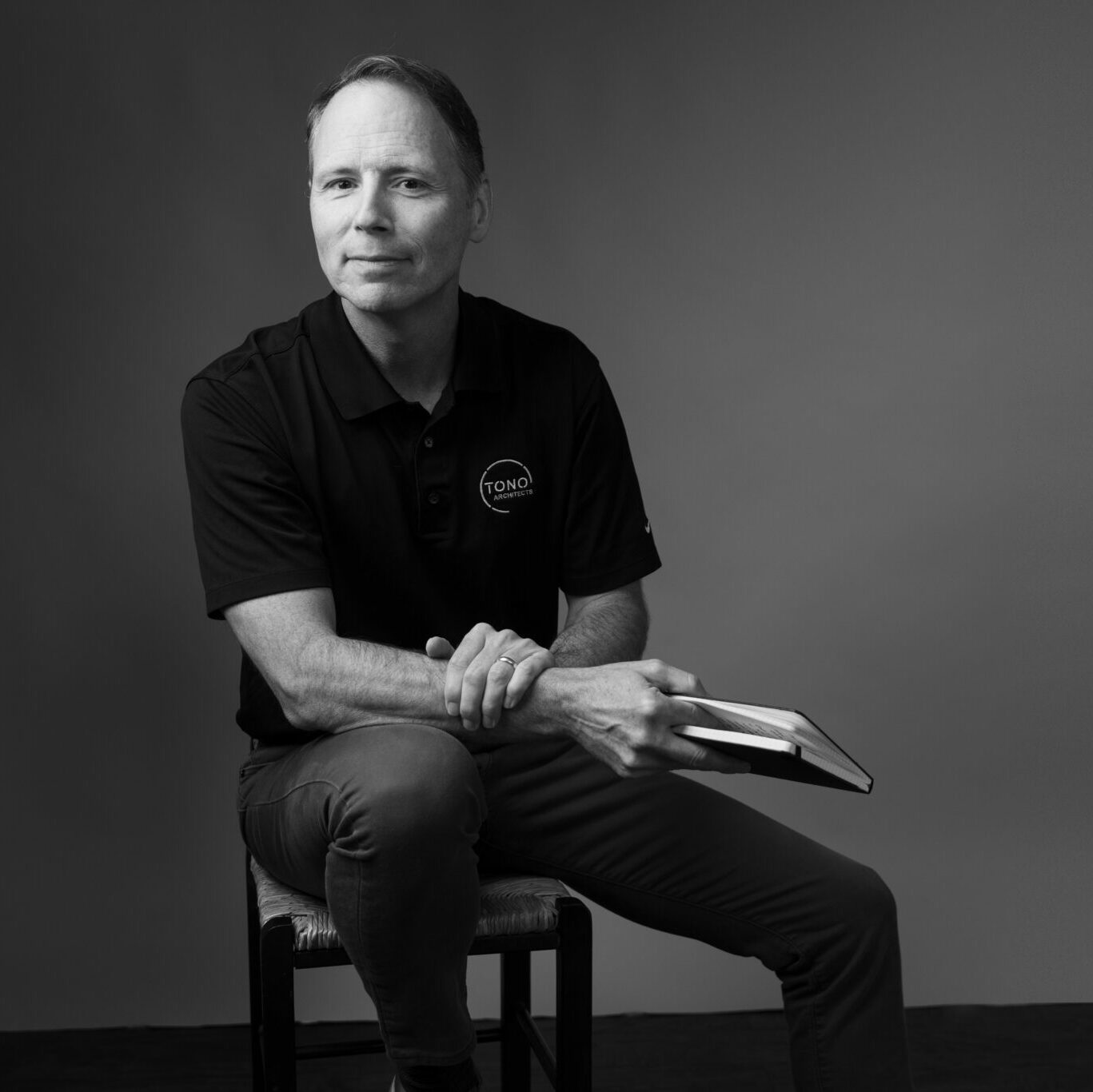
WHAT IS YOUR COMPANY ETHOS AND HOW DOES IT SUPPORT DESIGN THINKING?
“In our world of creating meaningful places, we employ design thinking through a holistic and integrated process. Fundamentally, we are seeking to improve the quality of the broader environment, but we do this one project opportunity at a time. Often, we are challenging conventional thinking and asking our clients and partners to do the same. Better solutions can only come from a better process, and we have zero tolerance for complacency—we cannot get comfortable with status quo. That means at TONO, everyone has a voice, and we welcome an imaginative, thoughtful, and genuine approach to our collaborative and innovative work.” – Hunter Johnson, CEO of TONO Group
Learn more about TONO Group’s construction and architectural design at tonogroup.com
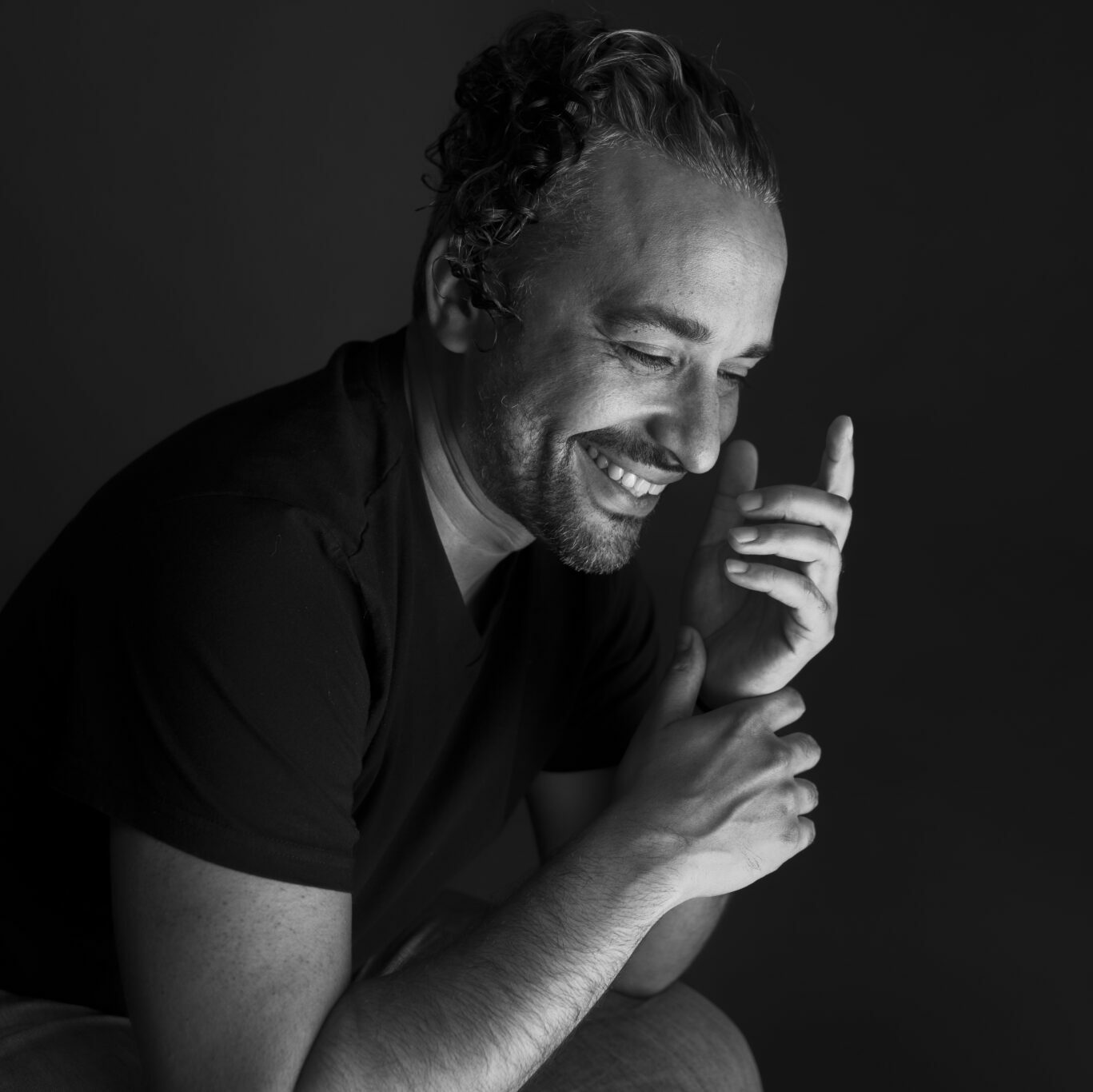
HOW WOULD YOU INTERPRET THE PHRASE DESIGN THINKING?
“Design thinking describes how humans have effectively solved problems since the beginning. The creative process is a framework for literal and metaphorical pathfinding. If you can correctly identify and diagnose a problem, you can hypothesize a path to a solution and test against it. Being wrong and adjusting is far more important than being right straight out of the gate. For our team, approaching every problem with this process allows us to cut through bias, arrive at real solutions, and focus on delivering world-class design for our partners.” – Joseph Krzemienski, Co-founder and CXO of Process Experience Design (PXD)
Learn more about connecting art and technology through design at pxd.studio
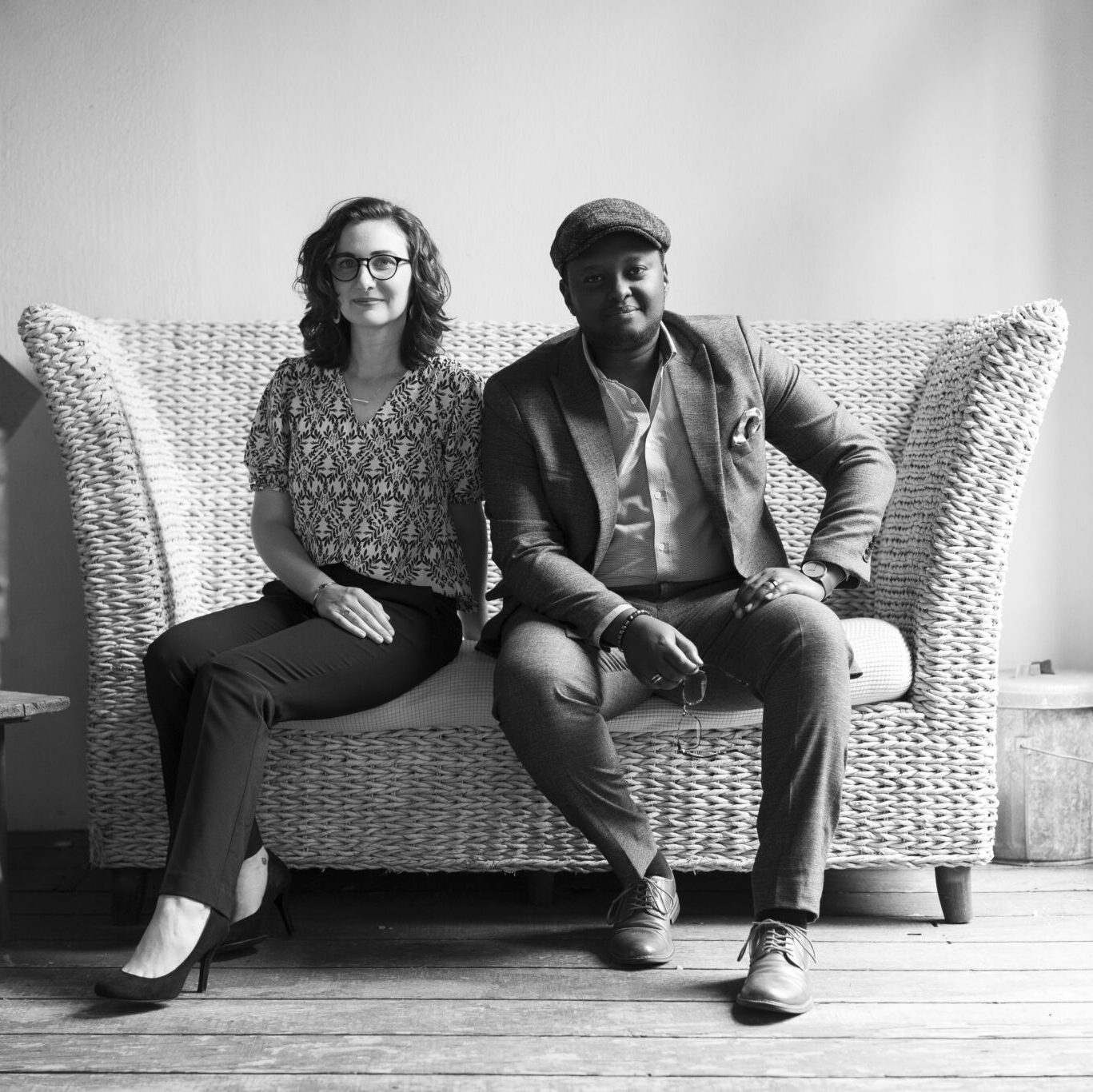
WHAT IS YOUR COMPANY ETHOS AND HOW DOES IT SUPPORT DESIGN THINKING?
“INGOMA is an uncommon company—we’ve produced national and local ads, documentaries about Africa, and feature films right here in Pennsylvania. We’ve worked all over the world, but we’ve learned that the way to speak to global questions is to get specific. That means we look at every project as a chance to address a real-world issue. First, we have to understand the problem holistically. Then, we apply our storytelling sensibilities to solve it. To us, that’s design thinking— believing that every project can make the world a little better as we design a solution.” – Andrew and Carley Bilindabagabo, Founders & Filmmakers at INGOMA
Learn more about INGOMA at ingomafilms.com
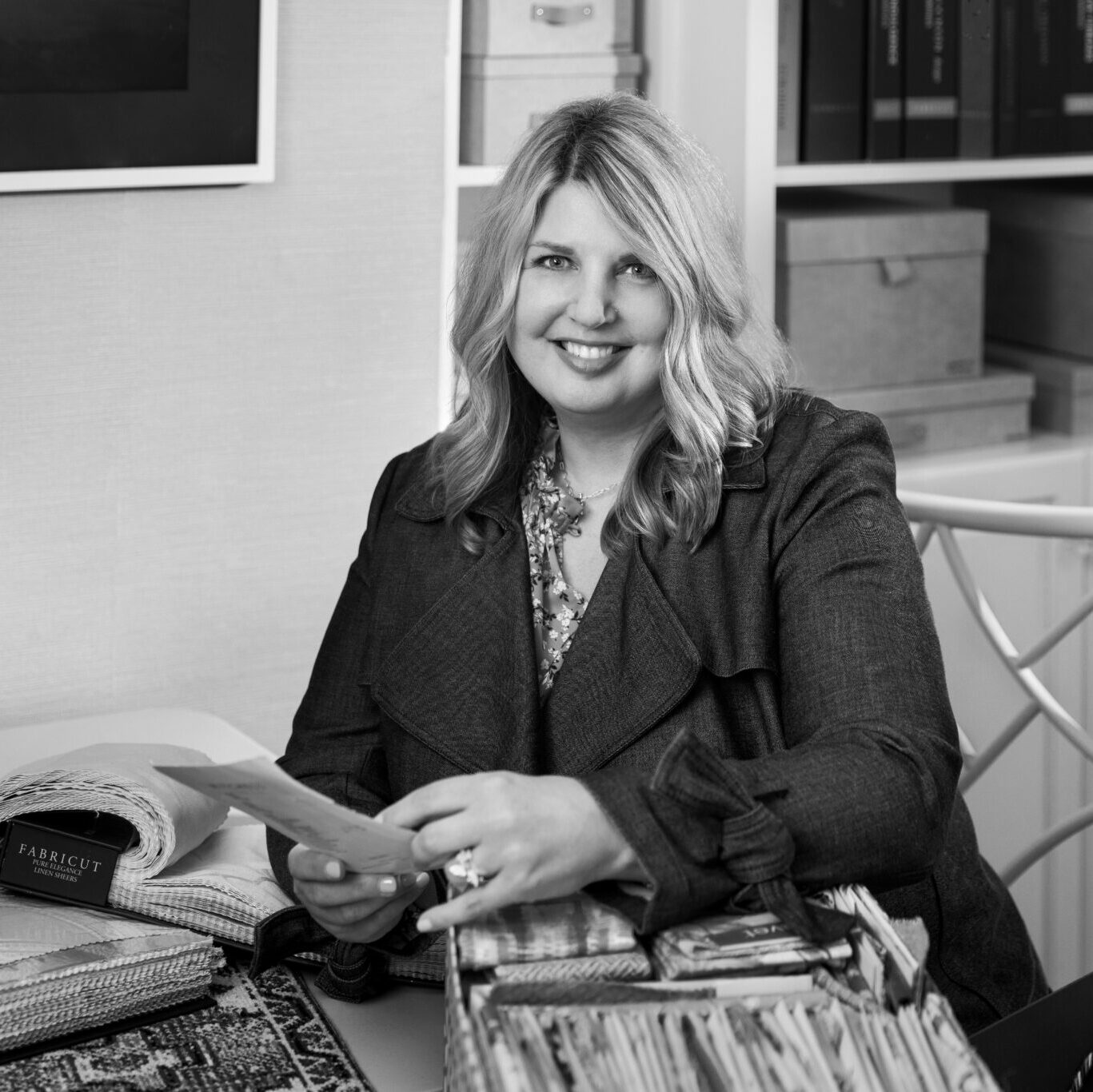
HOW DO YOU APPROACH YOUR CREATIVE DESIGN PROCESS?
“I believe all creative design processes begin with good communication and the need to tell a story. Taking the time first to get to know our clients builds trust and enables us to step beyond our client’s initial focus in order to bring their dreams into reality. At AK Interiors, our philosophy is that interiors should reflect the needs and the lifestyles of the individual—that’s what makes each space uniquely distinct. We approach each project with the intention of creating memories, while focusing on functionality and a design that will stand the test of time.” – Alison McIndoe, Owner and Principal Designer at AK Interiors
Learn more about AK Interiors at akinteriorsllc.com
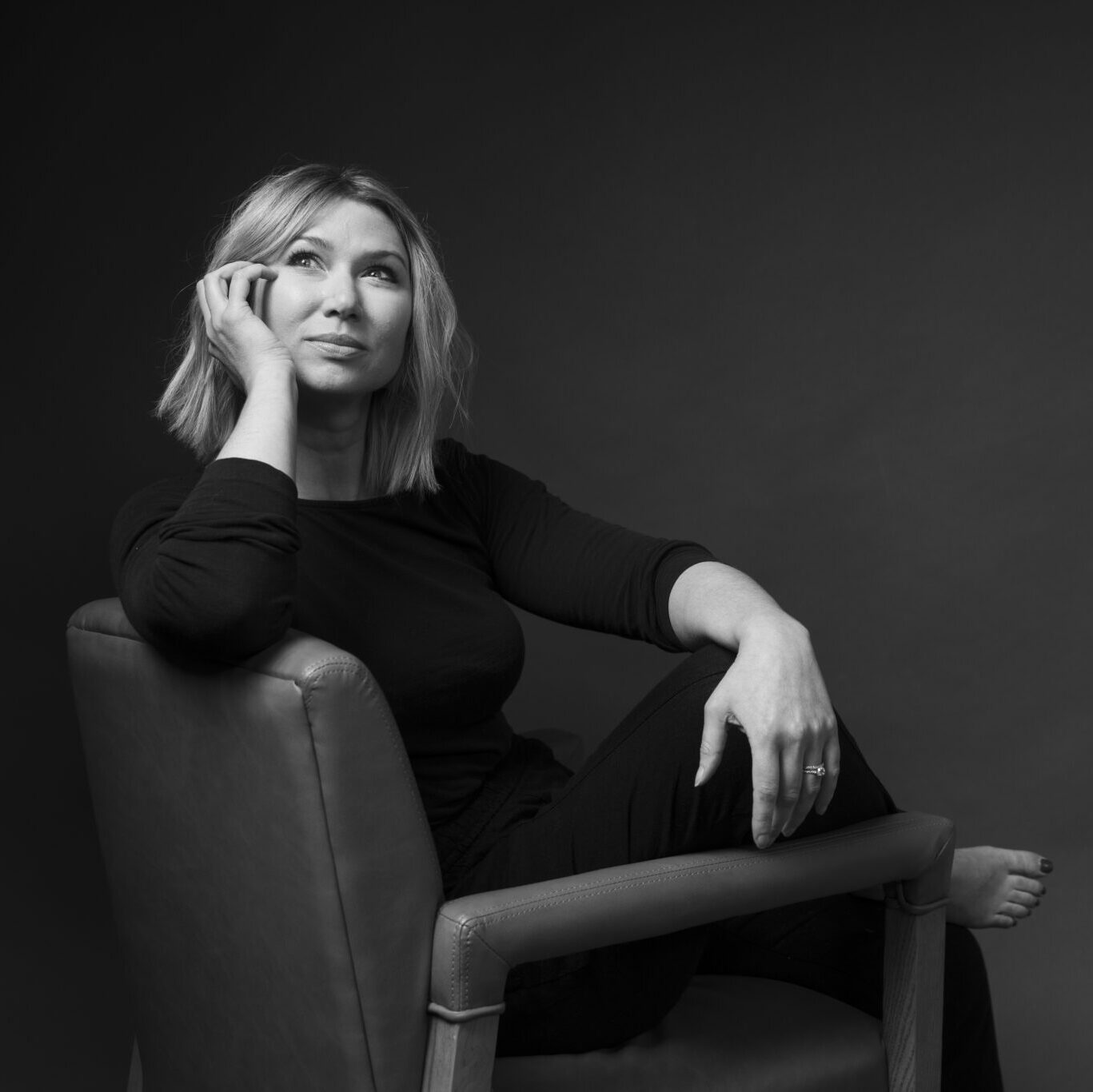
HOW DO YOU APPROACH YOUR CREATIVE DESIGN PROCESS?
“I believe design is both art and science. Understanding the science behind design is what our team uses to create a framework that a client will love, both functionally and aesthetically. Every design we approach starts with a discovery conversation with our clients because getting to know our clients—their personalities, sense of style, how they use their spaces—is the backbone to any design we create. From there, we work hand in hand, guiding them throughout the entire process—from creating floor plans and renderings, to developing design boards and specific product recommendations to match our clients with pieces that work best for them.” – Rebecca Addington, Owner and Designer at Ville & Rue
Learn more about Ville & Rue at villeandrue.com
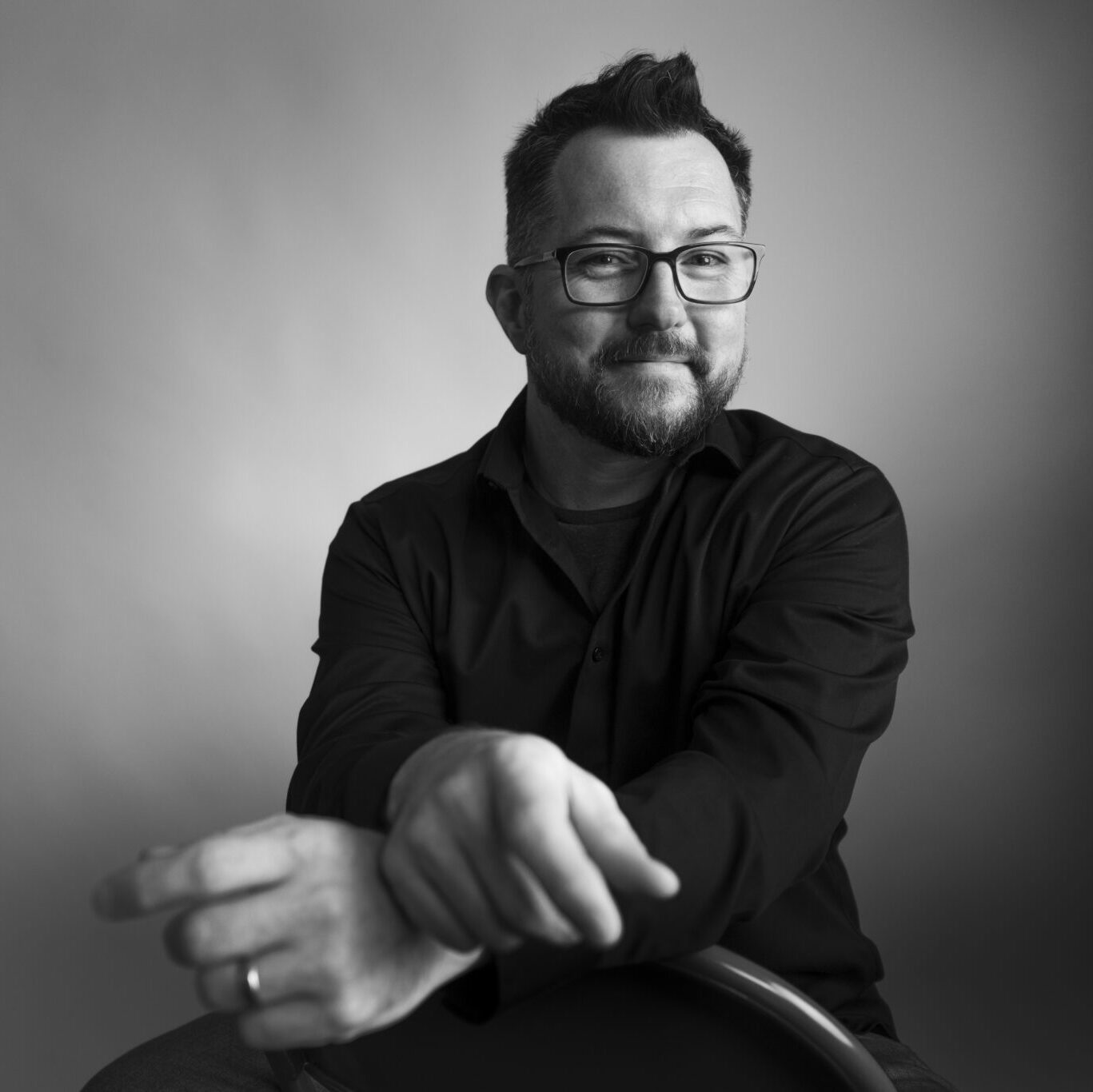
WHAT IS YOUR ETHOS AND HOW DOES IT SUPPORT DESIGN THINKING? ‘
“Elizabethtown College, at its core, is dedicated to Educate for Service—how we serve one another and everyone we meet outside of our organization through our knowledge, talents, and energy. Design thinking has amplified this important mission and identity. By adopting design mindsets like focusing on human empathy & values and supporting radical collaboration, we’re creating a community of belongingin- action. With great intentionality we’ve used the design process to develop and refine academic programs, recognize meaningful opportunities for our co-curricular centers, and set a five-year community strategic plan for the college to create deep social impact. In each opportunity to design, we invite as many stakeholders to the table as possible to build on our range of expertise, diverse backgrounds, and enthusiasm for progress and growth.” – Matt Skillen, Dean of Faculty and Associate Provost for Student Living at E-Town College
Learn more about Elizabethtown College at etown.edu
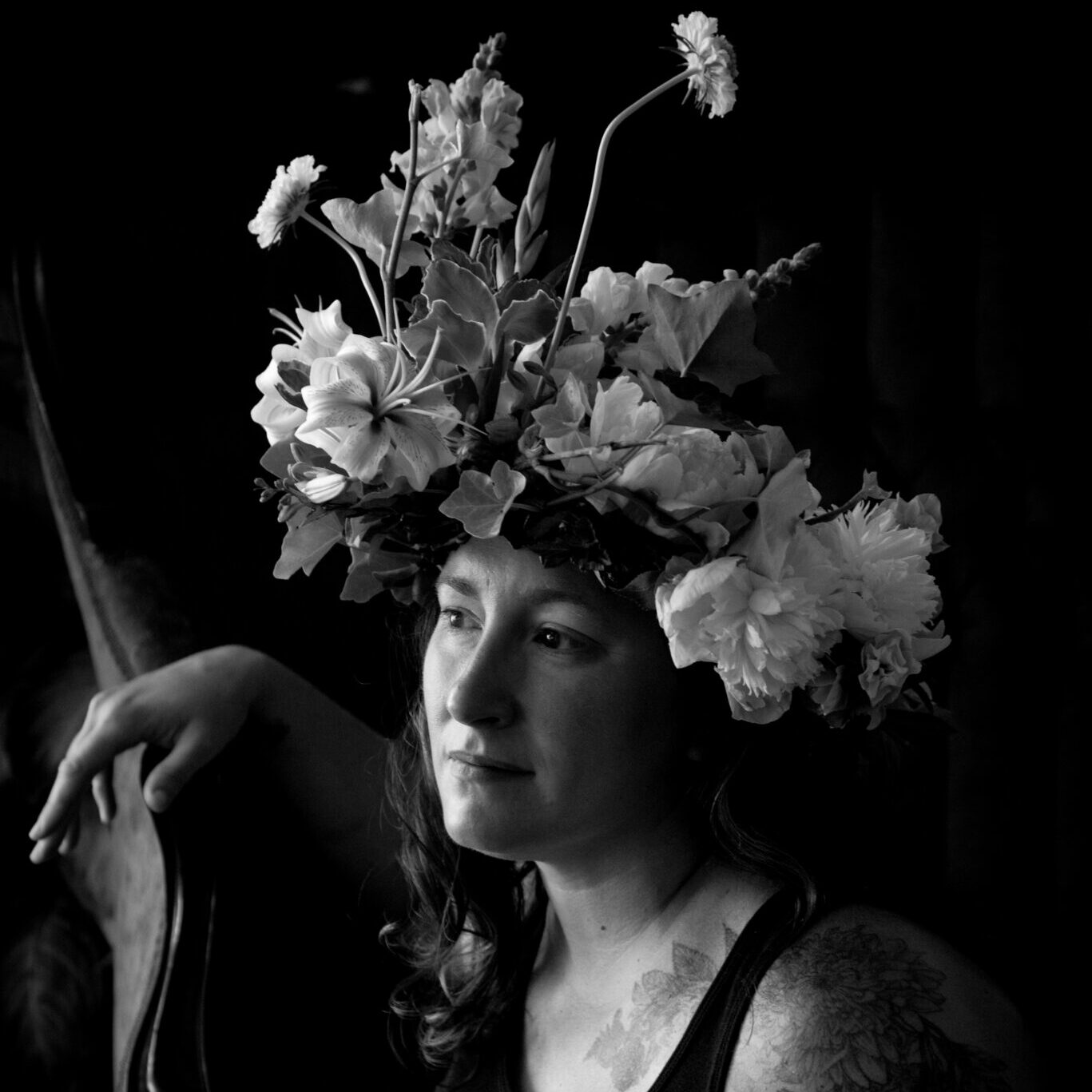
HOW DO YOU APPROACH YOUR CREATIVE DESIGN PROCESS?
“Sustainability in floral design is of utmost importance to my process, but I often don’t know my plan of design until that plan is executed. I typically just begin, and let the flowers decide where they belong. Being a part of nature, I feel flowers can evoke certain feelings and emotions, and that a design can be a work of art versus an object of consumerism. Because working with local flowers is an intrinsic part of what I stand for, each design changes with inspiration and the season—so each bride and client get a completely unique creation.” – Tara Folker, Owner and Floral Designer at Splints & Daisies
Learn more about Splints & Daisies at splintsanddaisies.com
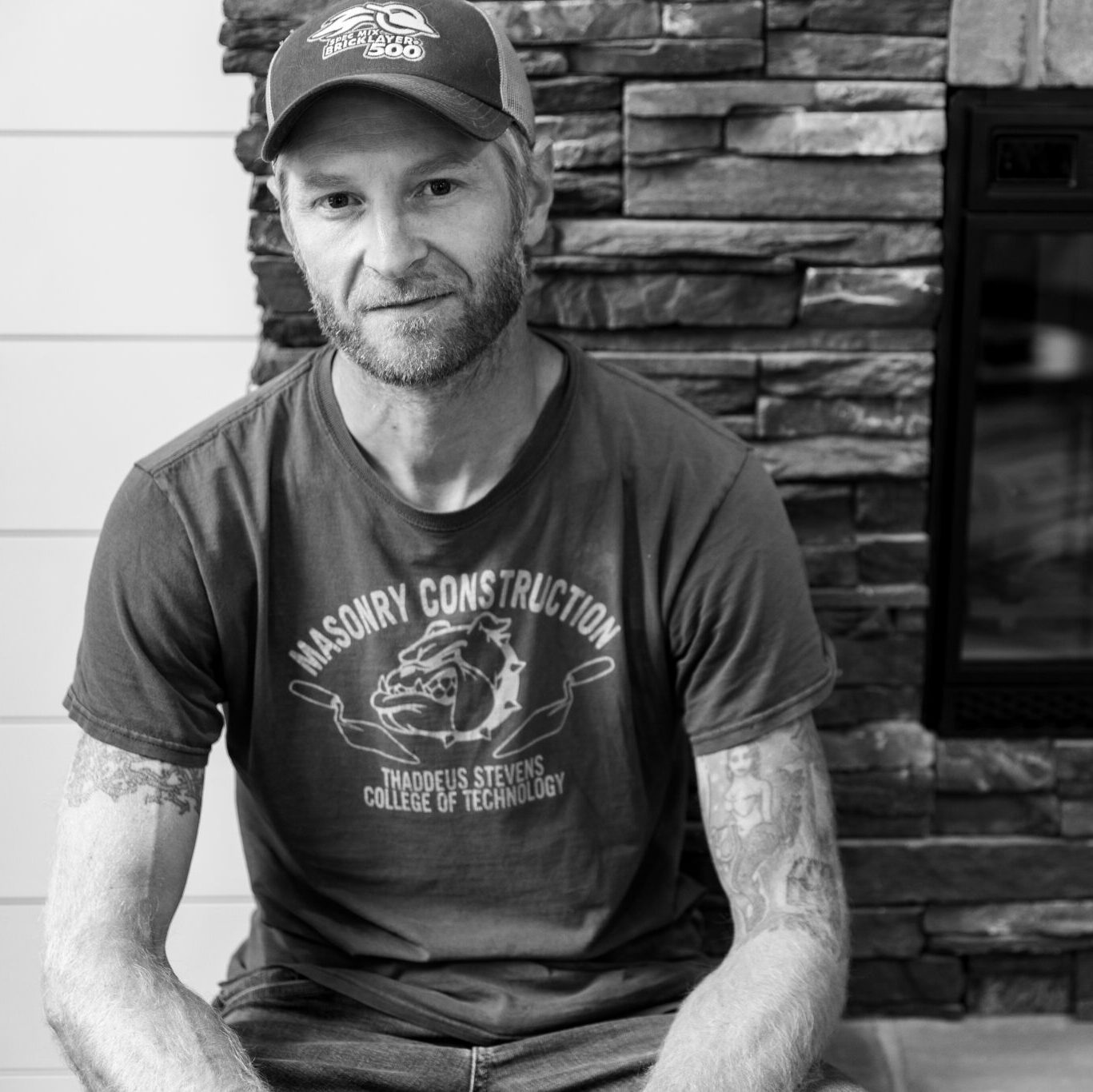
WHAT IS YOUR ETHOS AND HOW DOES IT SUPPORT DESIGN THINKING?
“Thaddeus Stevens College of Technology creates opportunities for all to learn a trade and begin a career. Our students come to us from urban, suburban, and rural towns and cities across Pennsylvania. In a program like Masonry—where art and structure meet—we coordinate projects where ideas about overall design can flourish. For example, my second-year students design and build elaborate fireplaces individually and in groups. As an instructor, my goals are to equip our learners with an understanding of how to design one-of-a-kind, interesting spaces while expanding their knowledge and supporting them on their unique paths forward.” – Chad Hummel, Masonry Construction Technology Instructor at Thaddeus Stevens College
Learn more about Thaddeus Stevens College of Technology at stevenscollege.edu
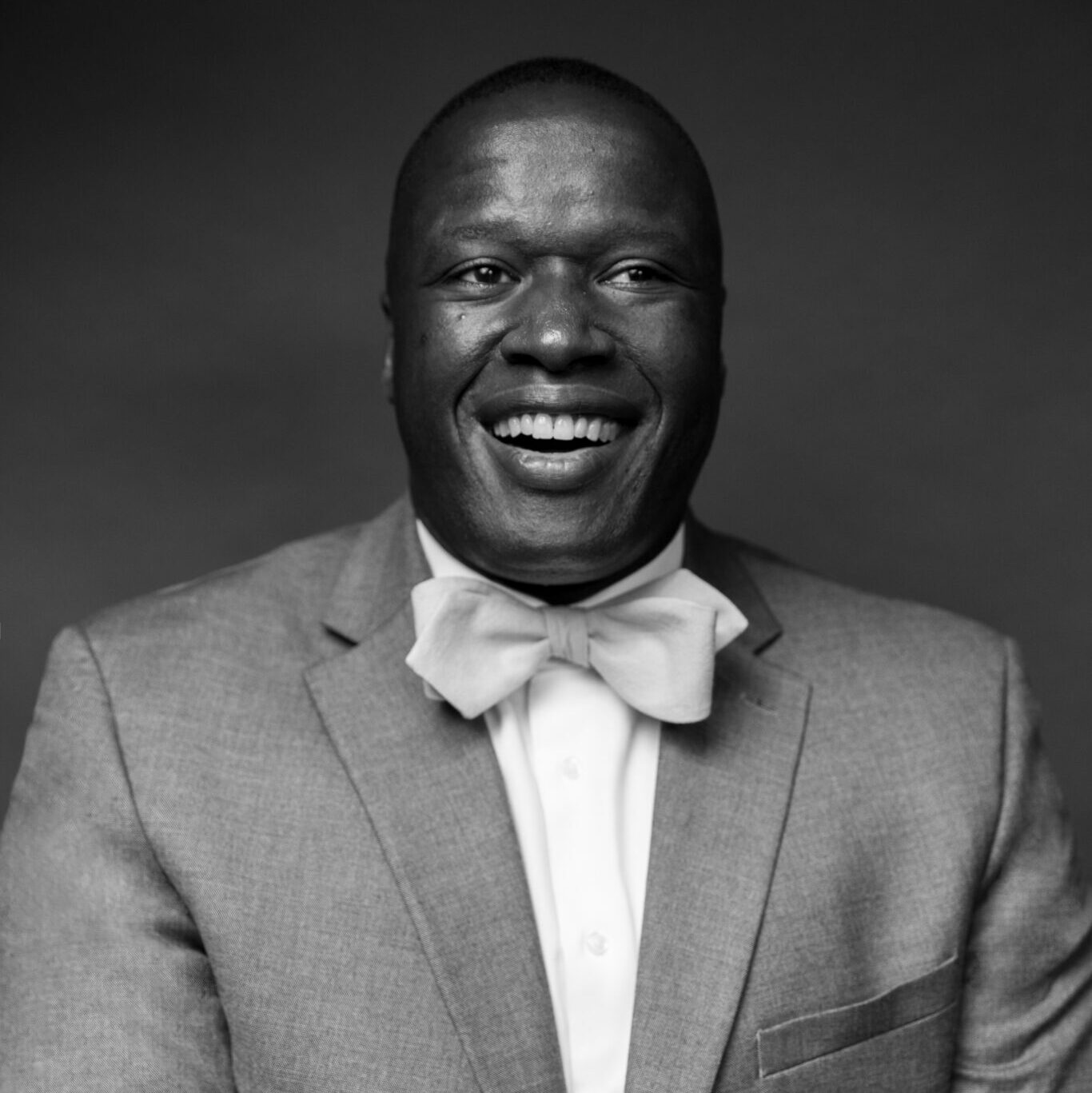
WHAT IS YOUR ETHOS AND HOW DOES IT SUPPORT DESIGN THINKING?
“Our ethos at Lancaster Mennonite School is characterized by our gospel-centric mission, promoting innovation, and encouraging students to be lifelong learners, which is a capability endowed by God in each student. I am thrilled our students get to learn in a school environment that prioritizes each student’s interests and passions in designing and learning skills to help make the world a better place. The current generation is eager to solve the problems our world is facing in a responsible, collaborative way. Let’s find hope in that!” – Dr. Michael Badriaki, Superintendent of Lancaster Mennonite School
Learn more about Lancaster Mennonite at lancastermennonite.org
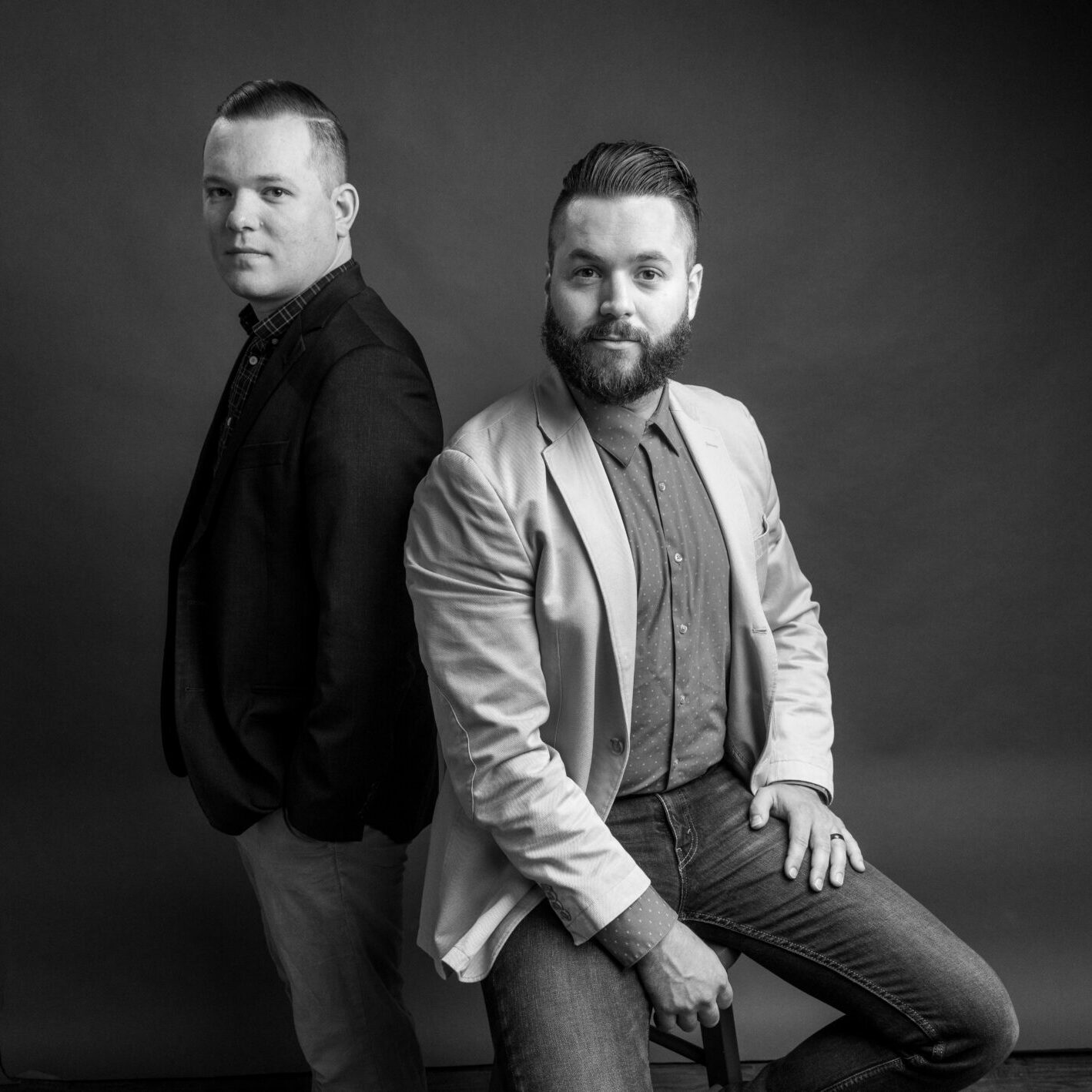
Zak Polett (left) and Ryan Griffith (right)
WHAT IS IN YOUR ETHOS WHEN YOU THINK ABOUT DESIGN?
“The best creativity is never scheduled. When I’m inspired, I need to capture it in the form of a sketch. Sharing that sketch or a 3D model view of part of their building created from that sketch allows our clients to see how their vision and our impression of their vision align.” – Ryan Griffith, President and Principal Architect at Cornerstone
HOW WOULD YOU DESCRIBE YOUR CREATIVE DESIGN PROCESS?
“I like to start with what I know works. Staring at a blank page can be intimidating, but studying precedents and asking, ‘How can I make this better?’ and trying a different approach can lead to creative solutions. From there, move on to the next problem, try out different solutions, and keep adapting.” – Zak Polett, Principal Architect at Cornerstone
Learn more about Cornerstone Design-Architects at cornerstonedesign.com

